Managing Back Pain

Whether you’re a physician or healthcare provider, one of your main goals is to come up with the best and most comprehensive treatment and pain management options for your patient. Adults with chronic pain, like back pain, see several other areas of their life decline because of their inability to move around comfortably. Having lower back pain inhibits patient quality of life ranging from spikes in mental health issues, to the decline of their social lives, and their inability to exercise comfortably. Below we touch on several back pain treatment and management options to discuss with your patients.
Exploring treatment options for back pain
How can Laura and Rachel manage their back pain?

Laura
Laura, 32, is an active mother who loves to take her children swimming. Recently, she hurt her back and cannot do as much with her family as she used to. Laura is having difficult bending, twisting, and reaching, which makes caring for two young children even more challenging than ever. Laura needs a solution that offers powerful and rapid relief for back pain, and that is generally well tolerated. She explains, “I want my back pain to go away, so I can get back to taking care of my family!”
Recommendations:
- Advil Dual Action Back Pain for targeted relief with 2 analgesics that starts working in minutes so Laura can get relief fast
- Advil Targeted Relief Cream for topical relief at the site of Laura’s pain that lasts up to 8 hours
- Physical therapy to help strengthen Laura’s back for her active lifestyle

Rachel
Rachel, 48, works as a shop assistant in an organic fresh food market. She spends most of her working day on her feet and has recently been experiencing aches and twinges in her back. Rachel can’t afford to take time off work, but it’s also hard to work through the pain. Rachel needs a solution that offers effective pain relief and fast recovery from back pain. “I’m on my feet a lot, so I need a treatment that can help me stay that way,” she describes.
Recommendation:
- Advil Dual Action Back Pain for a combination of acetaminophen and ibuprofen that provides 8 hours of back pain relief—helping Rachel get through her long shifts at work
Explore related content

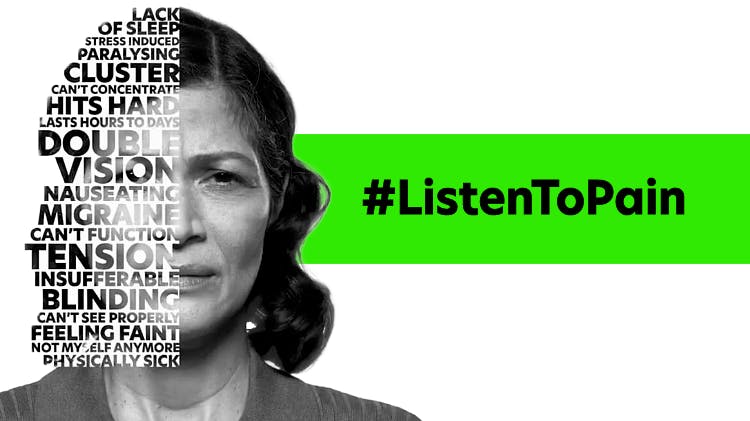
Listen To Pain
Explore our tools like the Patient Pain Tracker, designed to help improve patient conversations.
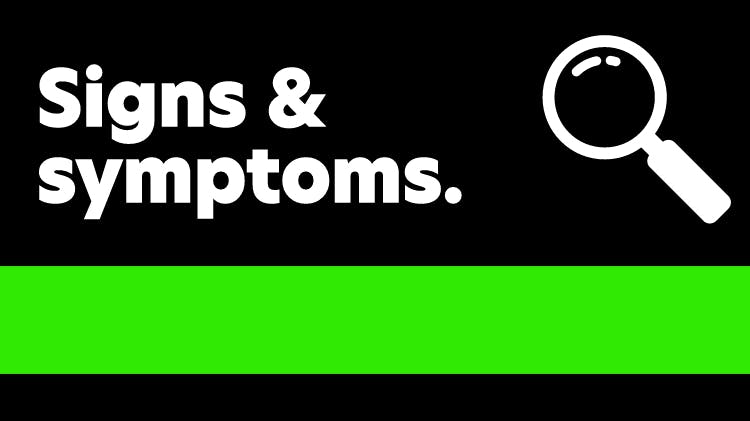
What are the signs of back pain?
Learn more about the common signs and symptoms of back pain.
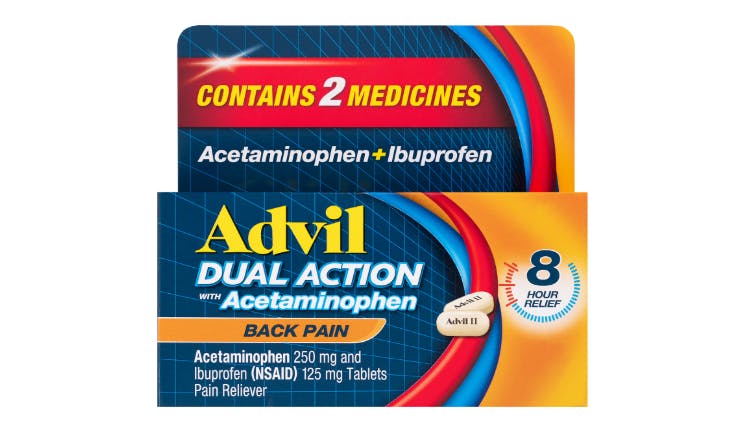
Advil Dual Action Back Pain
Explore Advil Dual Action Back Pain, an FDA-approved combination of acetaminophen and ibuprofen that provides 8 hours of back pain relief.
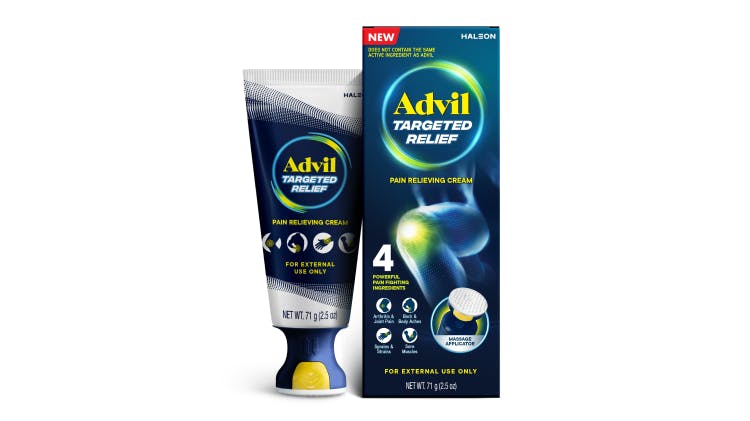
NEW Advil Targeted Relief
Learn more about the first topical pain reliever from Advil that starts working on contact for up to 8 hours of relief.
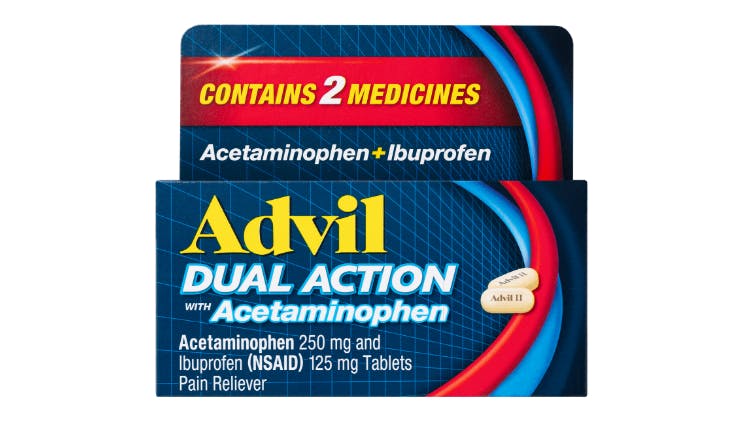
Advil Dual Action
Explore Advil Dual Action, an effective combination of ibuprofen and acetaminophen that fights pain in 2 ways.
